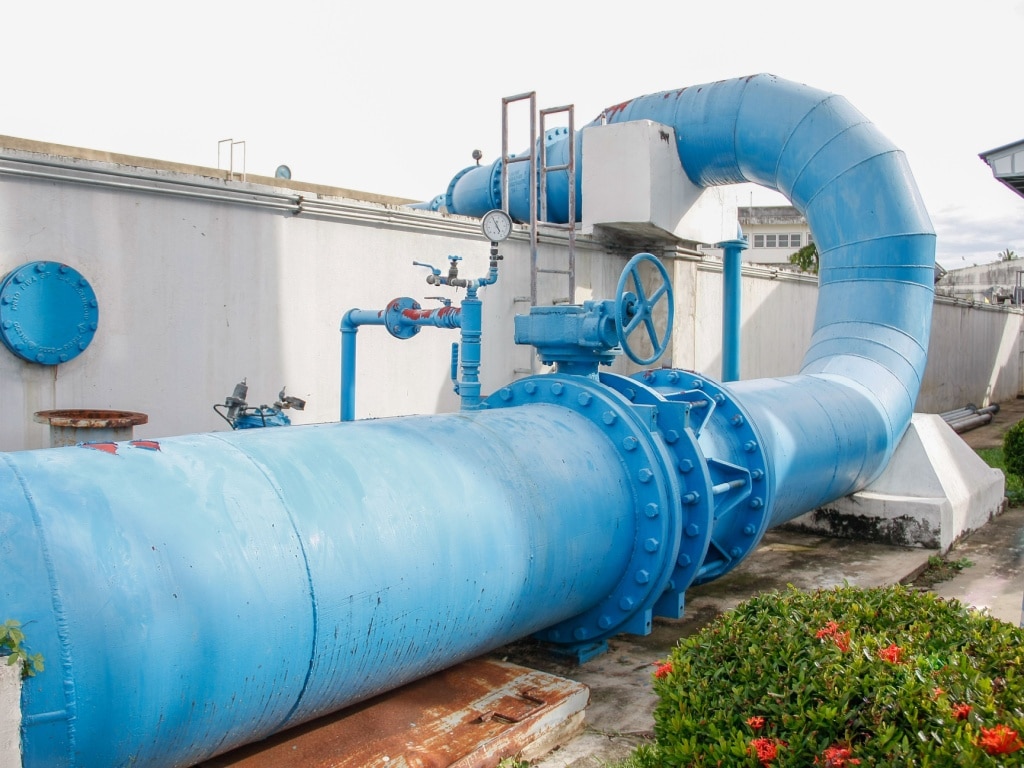The rural drinking water supply and sanitation programme, particularly in the Middle and Upper Guinea regions, could begin shortly. On 26 March 2024, the West African country’s National Transitional Council (CNT) finally authorised ratification of the $40 million Islamic Development Bank (IsDB) financing text for this project, signed between the financial institution and the Guinean government on 9 November 2023.
“The $40 million package is made up of a $5 million loan and an instalment sale of $35 million,” reads the official CNT press release.
Better water and sanitation services for 915,000 people
Firstly, the Guinean government plans to build 90 drinking water supply systems in the two target regions. Each system will comprise a borehole with an exploitable flow rate of 5 m3 per hour or more, a solar or hybrid pumping station with a flow rate similar to that of the borehole, a water tower with a minimum capacity of 50 m3, and a 3 to 5 km pipe network to serve between 1,000 and 2,000 inhabitants. Drinking water will be supplied to households via standpipes, with one standpipe for every 600 inhabitants.
With funding from the IsDB, the Guinean authorities will also finance the construction of 500 human-powered pumps. The boreholes will have a depth of 80 m and a flow rate of more than 700 litres per hour. To support the new installations, 750 existing water points will be rehabilitated and the national water point services (SNAP) strengthened.
Read Also – AFRICA: access to water can save 1.4 million people a year, according to the WHO
With regard to sanitation, the Rural Drinking Water Supply and Sanitation Programme will enable the construction of 1,400 public latrines. A total of 915,000 people, 50% of them women, will benefit from this project, which will also help to reduce poverty in Middle and Upper Guinea, as well as in the surrounding regions of Faranah, Kankan, Manou and Labé.
Despite significant water resources in Guinea, the rate of access to drinking water is estimated at just 31%. As for sanitation, 32% of Guineans have access in urban areas, compared with 11% in rural areas.
Inès Magoum
